► Range Rover Sport review and video test
► V8, 6cyl petrol and diesel, PHEVs driven
► Poor relation or a true sporting choice?
Everyone knows it was Mercedes-Benz, Porsche and BMW who gave the premium SUV its on-road manners, but it was the Range Rover Sport back in 2005 that did the same for Land Rover. Finally, here was a Range Rover that retained the extreme off-road ability of its larger sibling but with a hefty dose of additional daily usability and a slightly less old-money image.
Remarkable popularity has kept the Range Rover Sport relevant, and it actually introduced a whole new demographic to Range Rovers – the brand reckons there’s less than 5% crossover between buyers of the Sport and those who opt for the full-sized Range Rover.
So it’s no surprise that hot on the heels of the updated Range Rover comes this – the latest Range Rover Sport. It’s leaner, meaner, usefully cheaper, and makes all the right green noises too, with two hybrid models and a fully-electric model on the way next year. Very similar to its bigger brother in quite a few ways, the Sport nonetheless retains a good lick of its own character – and may in fact be the pick of the bunch.
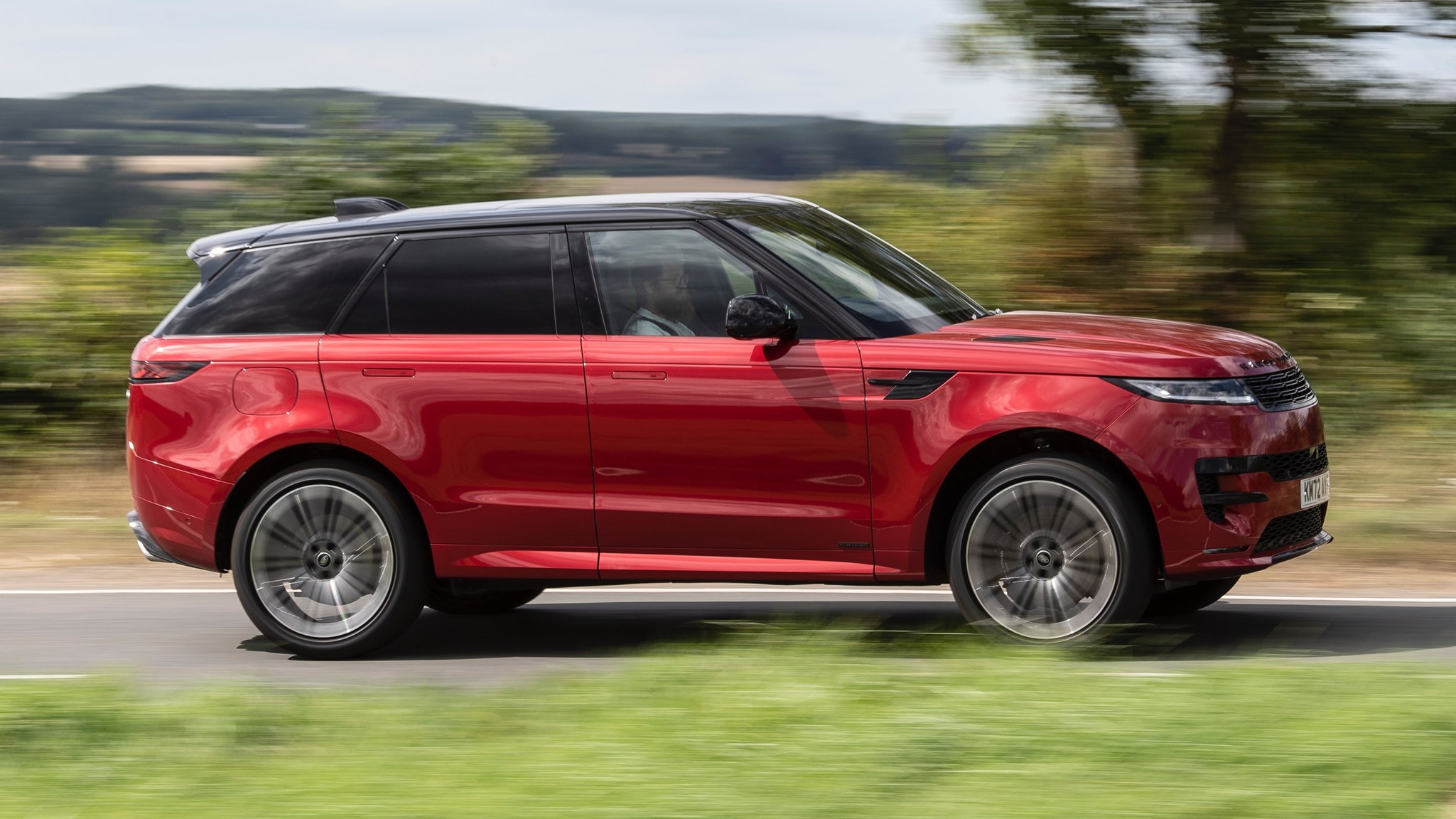
Read on for our 2024 Range Rover Sport review and be sure to watch the video road test in our player above.
What’s new for the 2024 Range Rover Sport?
Compared to the outgoing Sport, almost everything. It now sits on the same MLA-Flex architecture as the full-sized Rangey, and is powered by the same array of engines. It even has the same wheelbase as its larger sibling for a roomy cabin and loadbay, with the same legion of tricks: the rear-wheel steering and active anti roll-bars, which do a remarkable job of cheating physics.
Inside you’ll find screens galore and a tidy array of leather-free Ultrafabric interior upholstery options, as well as vastly more space in the back seats than the previous-generation car.
What engines can I have?
A wide range, and they’re all great. The headline units are of course the plug-in hybrids – which Range Rover calls Electric Hybrid to indicate that they will actually do quite the distance on electricity alone.
Range Rover claims 70 miles of silent electric driving on the WLTP cycle, or around 50 miles real-world, meaning the vast majority of journeys can be done without ever making a trip to the pumps.
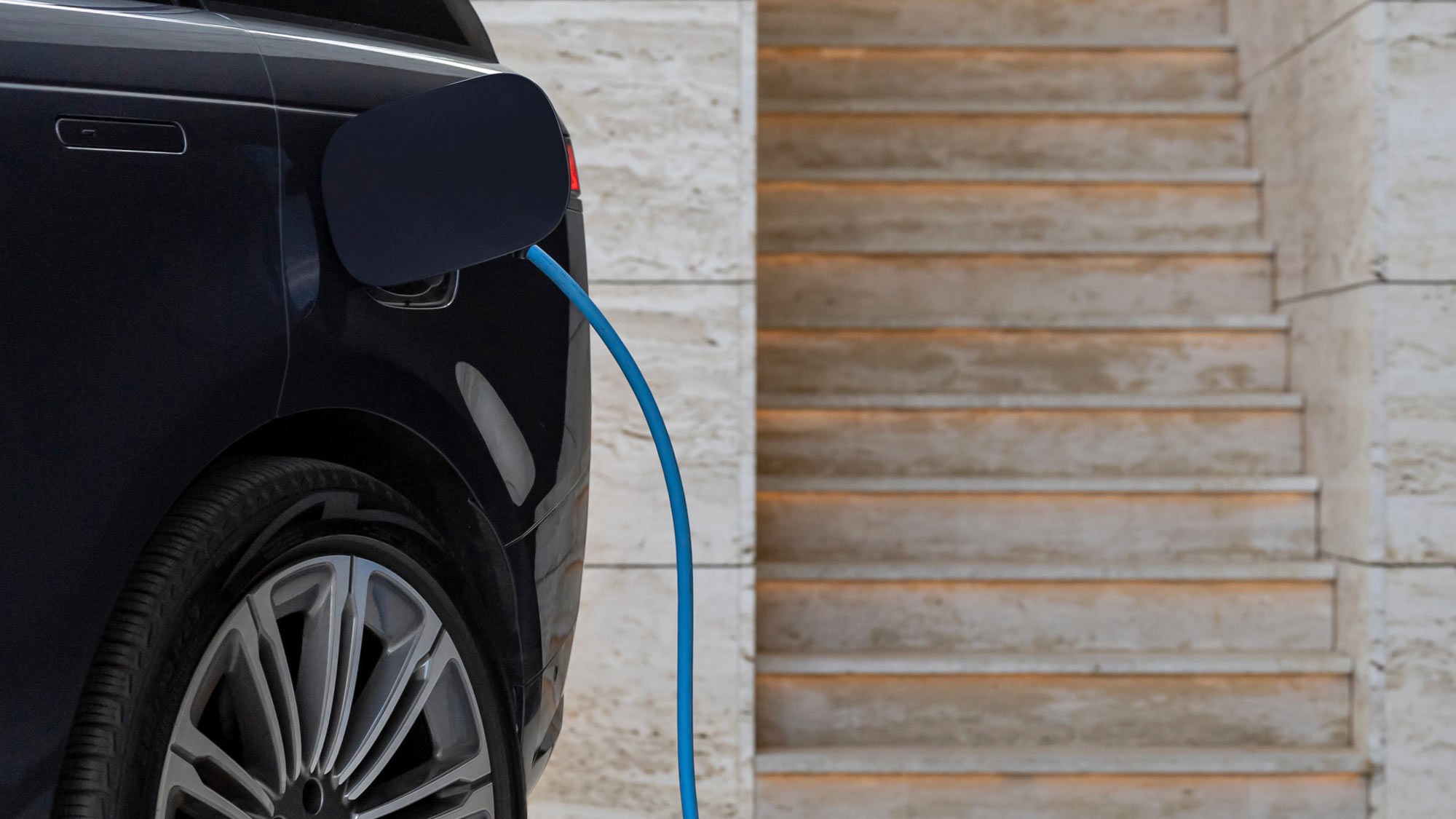
They’re paired up to an inline-six petrol engine rather than the rather anaemic four-pot of the previous-gen PHEVs. Both flavours – badged P440e or the more powerful halo P510e – are seriously smooth operators when it comes to switching between their power sources, and the new six-pot is so quiet at idle or around town you probably won’t notice whether you’re running on petrol or plug, unless you take a look at the rev counter.
They don’t come unstuck if you hoof it, either, and 0-62mph takes just 5.2 seconds for the P510e. The thing is, with a 38.2 kWh battery (larger than that in a Mazda MX-30 pure EV or Honda E!) and electricity still at a fairly chunky unit rate, it probably won’t save you much money unless you’re taking advantage of reduced price off-peak electricity.
If you still want all the performance but aren’t bothered about fussing with plugs and cables, you can opt for the all-new BMW-developed 4.4-litre twin-turbo V8. With 530bhp it’s naturally the most powerful engine available until the SV arrives and the 4.3-second 0-62mph time proves it. But – and whisper it so BMW doesn’t hear – it’s not as characterful nor as drivable an engine as the old 5.0 supercharged was.
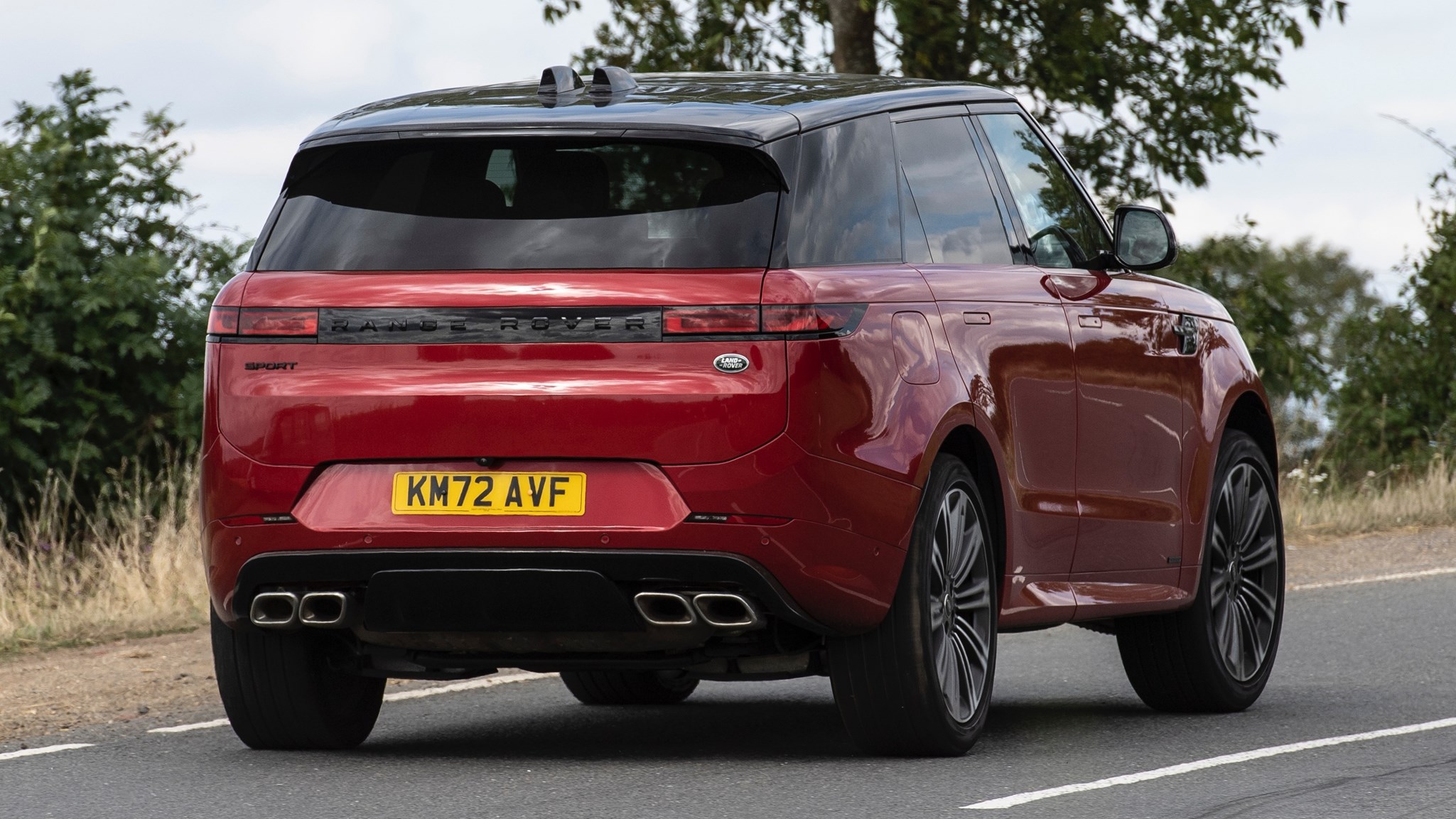
It certainly gets out of its own way, but there’s a dearth of low-end torque and a little bit of boost lag leading to some bunny-hopping during low-speed driving. The refined V8 burble is nice enough, but we miss the mad bellow of the older unit – and the whine of its supercharger.
The older engine also felt as though it played more nicely with the eight-speed ZF autobox, which made some dimwitted calls at roundabouts and junctions during our time with the car and displayed a surprising reluctance to kick down, as if trying to ride a wave of torque that wasn’t quite ready to break.
Such issues could easily be fixed with over-the-air updates – engineers gleefully informed us that they can tailor just about any aspect of the car without ever needing to get it up on a ramp – but straight out of the box, the V8 left us slightly cold. The full-blown SV model may remedy that, though.
For those with simpler tastes come our pick of the range – inline-six petrol and diesel options with only the mildest of hybrid frippery. The diesel in particular suits the Sport very well indeed, with plenty of shove at the bottom end making it superb around town and with more than enough power to keep you happy on the open road. The false engine note is a bit chintzy, but it’s not unappealing – and it highlights that you can’t actually hear any of the diesel’s natural rumble from the cabin.
But does it live up to the ‘Sport’ in its name?
Do you mean ‘Does it handle?’ The answer is yes, with caveats. This may be a sports SUV, but it’s not a sports car – Land Rover’s intention was never to make the next Cayenne, simply to add dynamism to a luxurious package.
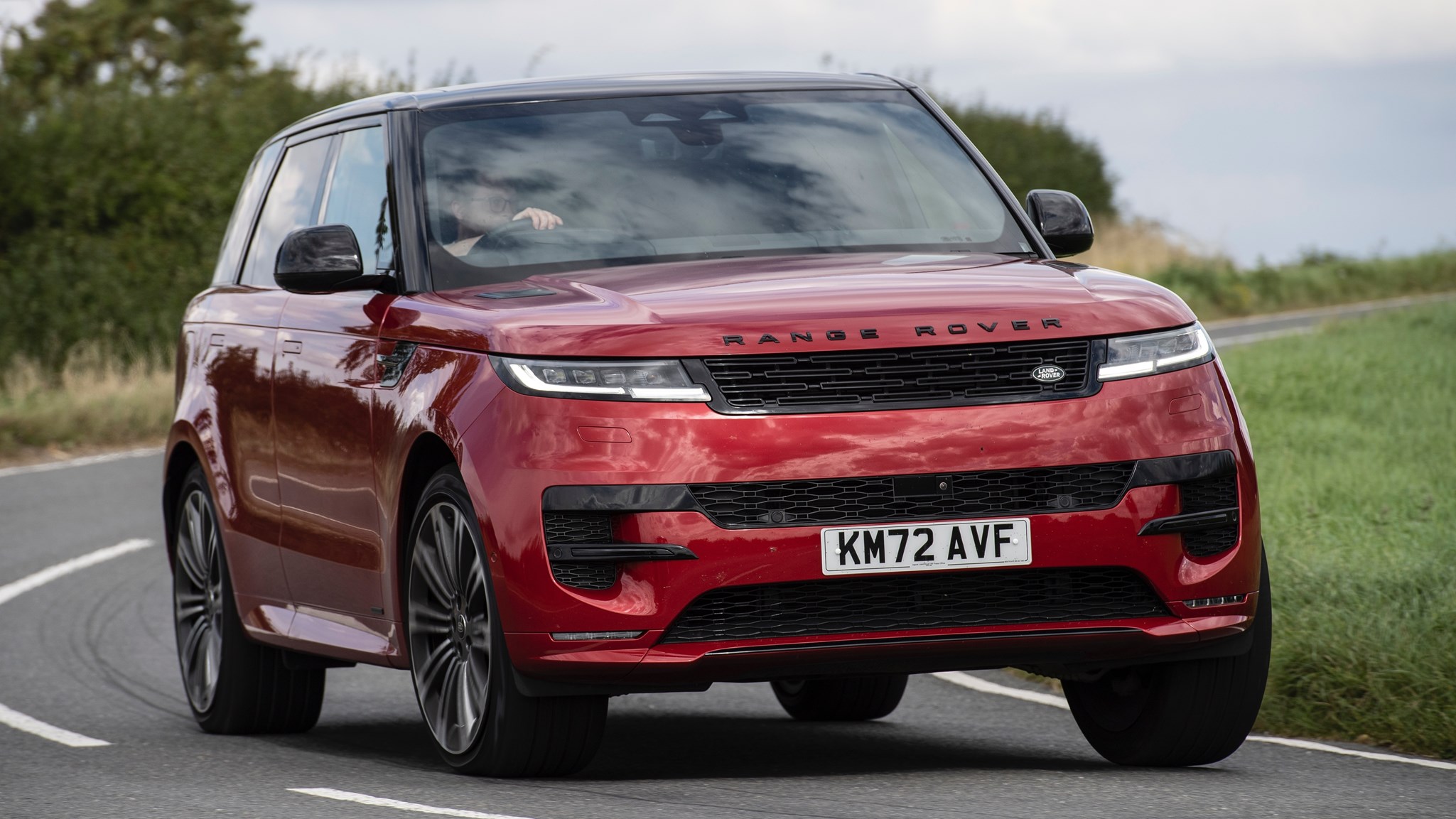
By and large, it’s worked. The RRS bends physics to its own will, with the car shrinking around you to such a degree it’s easy to forget that the hybrid models weigh nearly three tonnes in most scenarios. Every model we’ve driven has been fitted with the full gamut of handling aids – in particular the rear-wheel steering and active anti-roll bars, which are no doubt nice to have but only come as standard with the range-topping P530 and P510e cars. You can add them to lesser models as part of the £5330 Stormer Handling Pack, but we’ll hold off judgment on cars not equipped with this until we’ve tried them.
With them fitted, though, the Range Rover Sport offers a balance of ride and handling you can’t get anywhere else. It offers a good 90% of the ride comfort of its bigger brother, effortlessly ironing out most potholes and reducing jolts from poor road surfaces well, even when hobbled with 23-inch wheels. Yet it’ll corner with surprisingly little roll, tenacious grip levels and the rear-steer helping the back end round tighter bends at speed, rather than just during low-speed manoeuvres like its bigger brother.
Snaking roads do highlight that this is still a massive car, and occasionally you are reminded that even Pirelli’s finest rubber (and a lot of it, wrapped around 23-inch wheels) can’t work miracles when faced with two-and-a-lot tons of roast beef. Nor will it play the hooligan like versions of the Cayenne, but dial it back to eight-tenths and this is an excellent car to drive quickly.
Is it still good for driving less like a prat?
It’s fabulous. Ride comfort, as mentioned above, is sublime for a car that handles this well, and the interior’s incredibly refined thanks to a combination of active noise cancelling and good old-fashioned insulation.
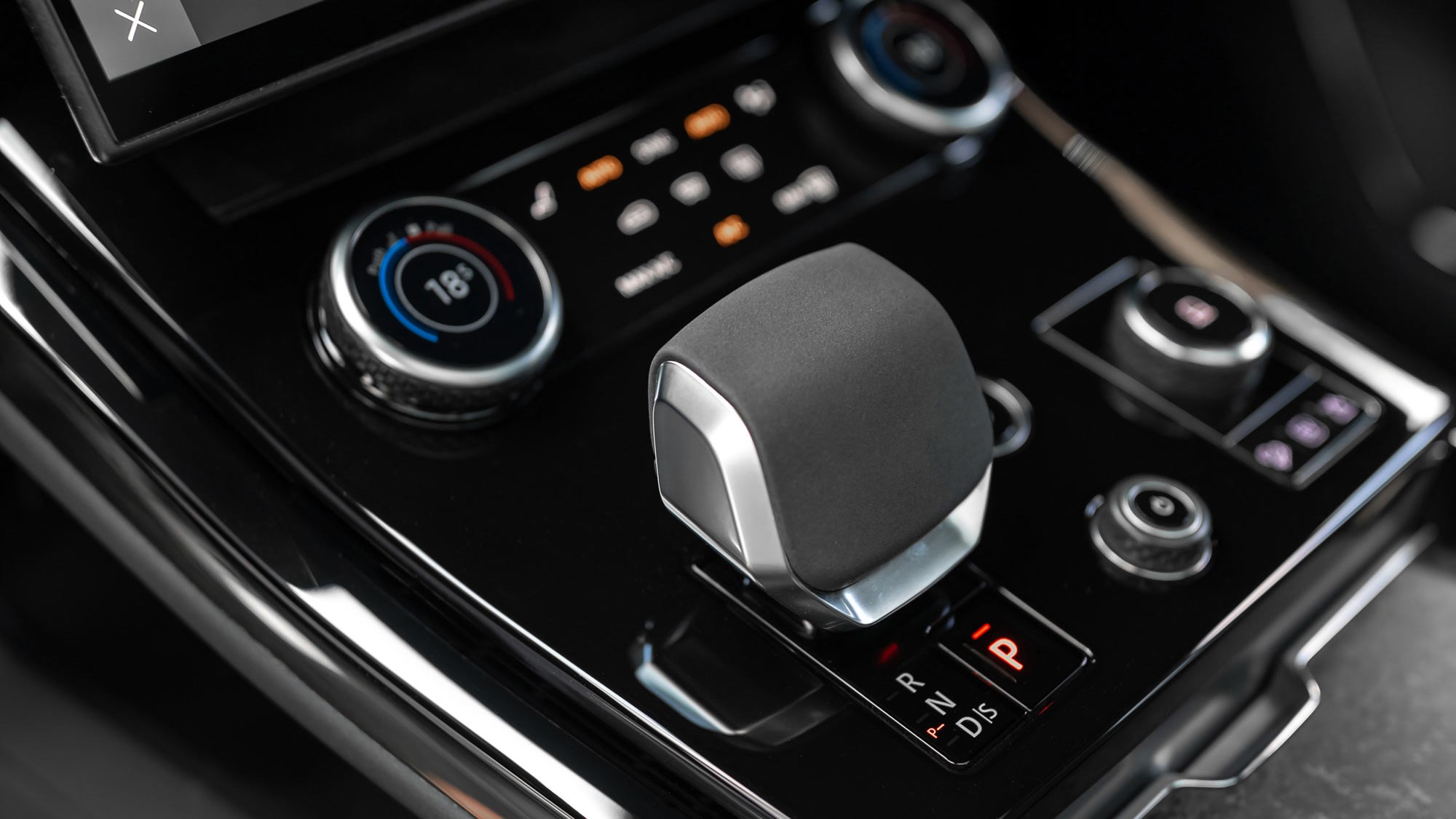
Head onto the motorway and regardless of which engine you have, mechanical noise fades away into nothingness. Tyre noise, too, is incredibly well-suppressed, leaving just a hint of wind rustle – to be expected with a car this massive and bluff – to interrupt the silence. Which you can easily drown out with the Meridian stereo anyway.
It encourages a different approach to the Cayenne or the X5, the steering never really hefting up even in the most dynamic of its driving modes. But the thin-rimmed helm is wonderfully precise and accurate, albeit with a slightly aggressive self-centre that on occasion felt almost like the (instantly disabled) lane-keeping aids keeping us in check. It’s one to be driven with your fingertips rather than pawing madly at something girthy and Alcantara-swaddled, like you’ll find on the most performative Cayennes.
What about off-road?
While the Range Rover Sport’s ability on anything more taxing than the overflow car park at Ascot may be utterly irrelevant to the vast majority of buyers, it’s still nice to know it retains supremacy off the beaten track. It’s not just that it’ll handle rough terrain – and it will, with aplomb – but that it makes driving off-road so flipping easy.
All-seeing 360-degree cameras keep your eyes on where the front wheels are and can even provide an ‘invisible’ bonnet effect, while the various off-road modes are just a twist of a dial away. You even get Adaptive Off-Road Cruise Control (an evolution of the previous-generation All-Terrain Progress Control) that’ll plough you through just about any terrain, leaving you free to steer.
Wade mode senses the depth of water, should you wish to attempt a ford – though with a 900mm maximum depth you could just as easily tackle the shallower parts of the River Severn – and though the Defender remains Land Rover’s prime mover on the rough stuff there’s very little it can tackle that would defeat the Sport.

What’s the Range Rover Sport like inside?
You’re more cocooned in the Sport than you are in the full-sized Range Rover – with a lower seating position, higher beltline and controls positioned higher up on the centre console. Build and layout are much the same, though.
You get superb seats with as many degrees of adjustability as you could reasonably ask for, swathed in interesting Ultrafabrics on all the cars we sampled. These feel rather like a grippier leather, though contain no cow whatsoever. Leather as a premium material became rather passé the moment Kia began doing it, anyway – there’s no question that these alternatives feel suitably posh and supremely comfortable.
The biggest improvement over the previous car has to be space. While the boot’s still only average (though that’s due in part to the highly useful full-sized spare wheel cavity) there’s now comfortable space for adults in the second row, something you couldn’t say about the last model. Our 6ft 2in tester could sit behind himself. It’s not entirely surprising that, given the two cars share a wheelbase, it feels similarly commodious to the full-sized Range Rover back here.

Back up front you’ll find a good-looking and well-laid out 13.7-inch driver information display and 13.1-inch infotainment touchscreen. Both work very well with quick responses and a logical, if slightly laborious layout of controls.
Verdict
With the full-sized Range Rover absolutely knocking our socks off in its latest iteration, we had high hopes for the Sport. It’s delivered.
‘Sport’ may refer more to the car’s suitability for leisure activities than its outright character on a twisting road, but it 100% fulfils its brief of being a more engaging car than its wafty bigger brother. And, with starting prices almost £20,000 less than the full-fat model, the 2023 Range Rover Sport represents surprising value for money, as there’s very little to separate the cars in terms of luxury.
That’s surprising value money through the prism of a Range Rover, though. This remains an expensive car to buy and an even more expensive one to run. An entry-level X5 or Cayenne represent a significant cost saving and will probably spend less time back in the dealer, too.
As ever, it’s the more basic engines that prove the most beguiling. The i6 petrol or diesel is truly all the engine you’d ever need, though it’s difficult to ignore the breadth of capability offered by the plug-in hybrid models.
Regardless of engine, this is a luxurious, gorgeously-appointed cruiser that’s equally at home, whether taking the twisting tarmac road through the mountains, or going as the crow flies over the top of it and not letting any obstacle stand in its way. The latest Range Rover Sport is a corker.